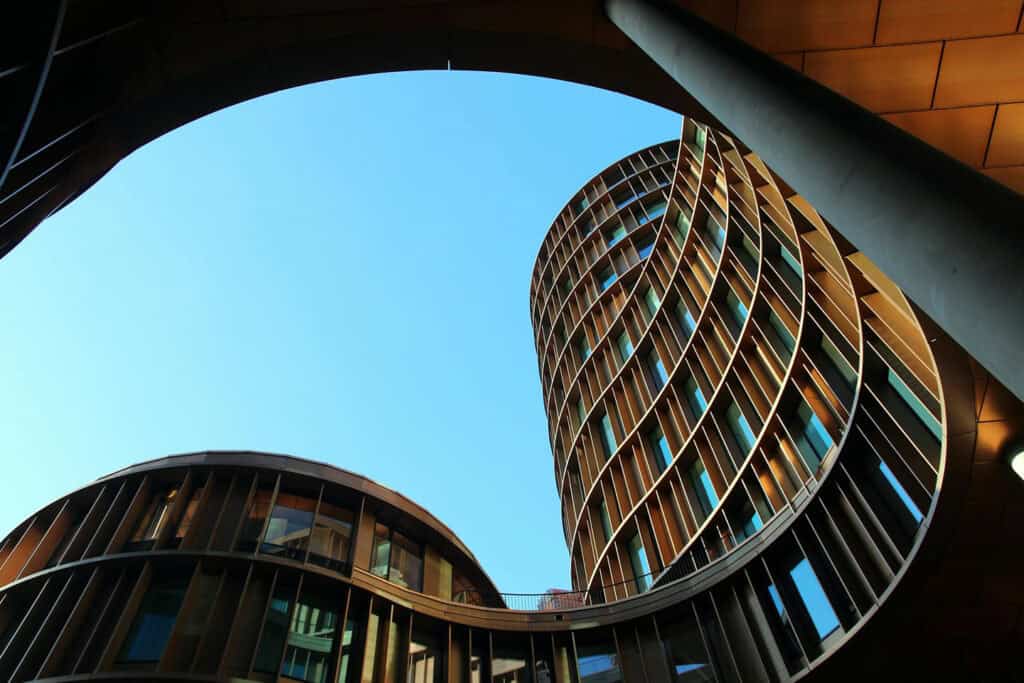
Are you fascinated by the world’s most iconic buildings? Are you curious about the stories and styles behind these architectural masterpieces?
As an architecture enthusiast, traveler, or aspiring architect, you seek to understand the significance and beauty of landmark structures.
At Landmarks Architects, we share your passion for iconic landmarks. With our expertise, we’ll guide you through the fascinating history and architectural styles of these remarkable structures.
In this article, we will explore:
- Iconic Buildings and Structures
- Famous Historical and Cultural Buildings
Ready to explore the world of architectural landmarks and uncover the stories behind these iconic structures?
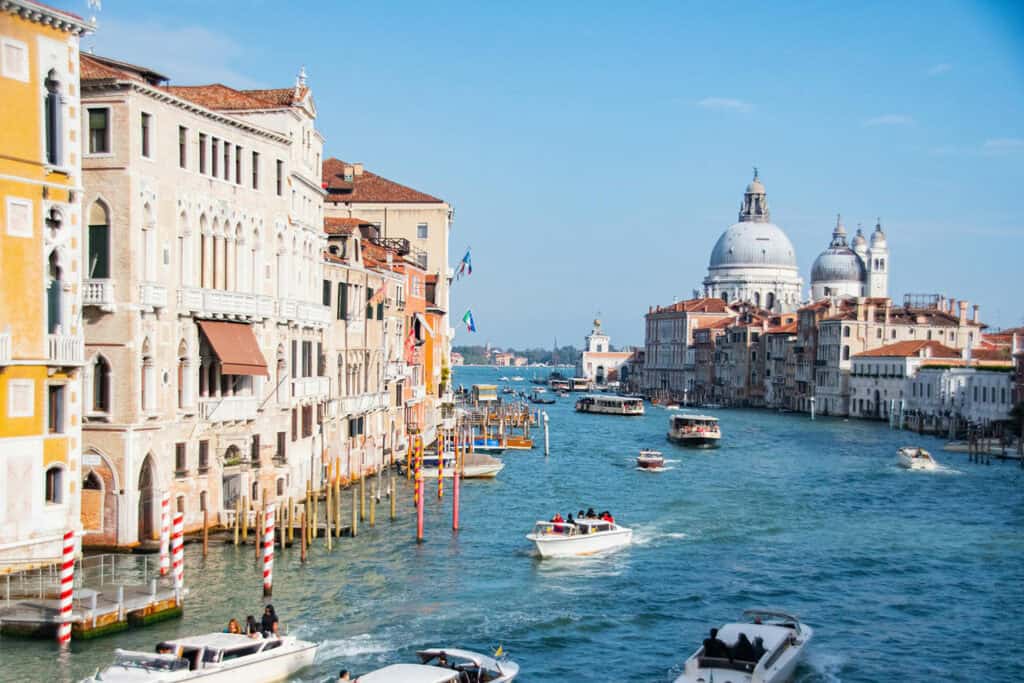
Architectural Landmarks
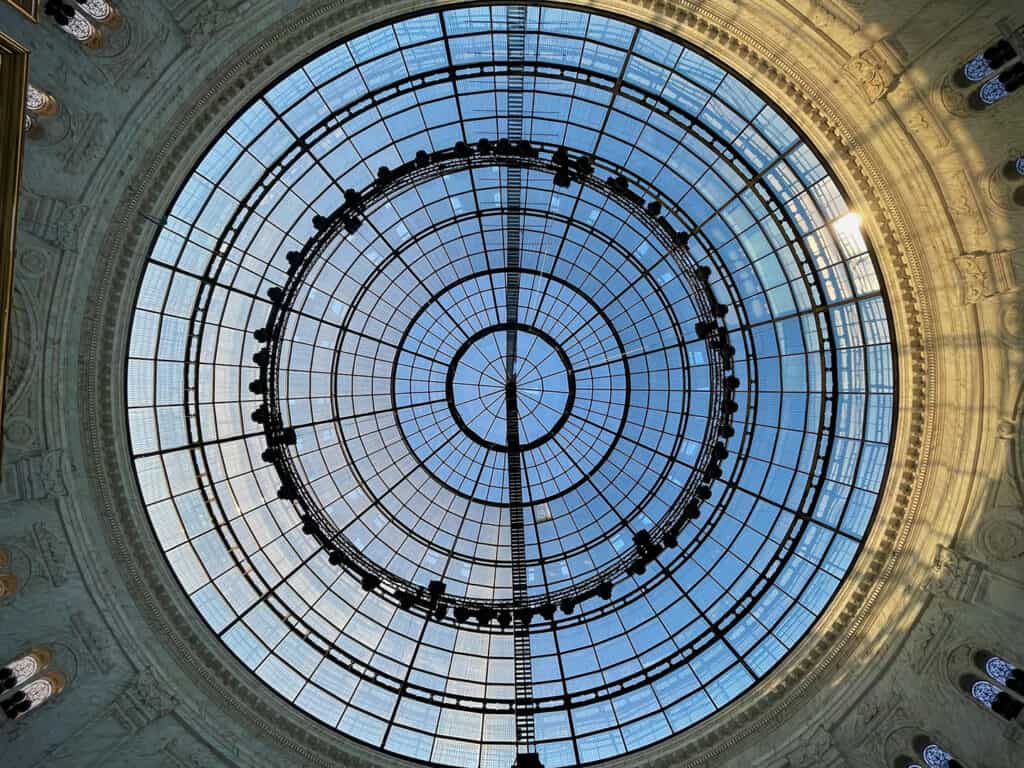
Architectural landmarks are structures that hold significant cultural and historical value. They often represent artistic achievements and innovative designs in architecture.
The significance of these structures extends beyond aesthetics. They serve as educational resources, reflecting the artistic movements and historical contexts that shaped them.
See also Famous Architecture in Barcelona: Top 18 Iconic Buildings
Iconic Buildings and Structures
1. Sydney Opera House
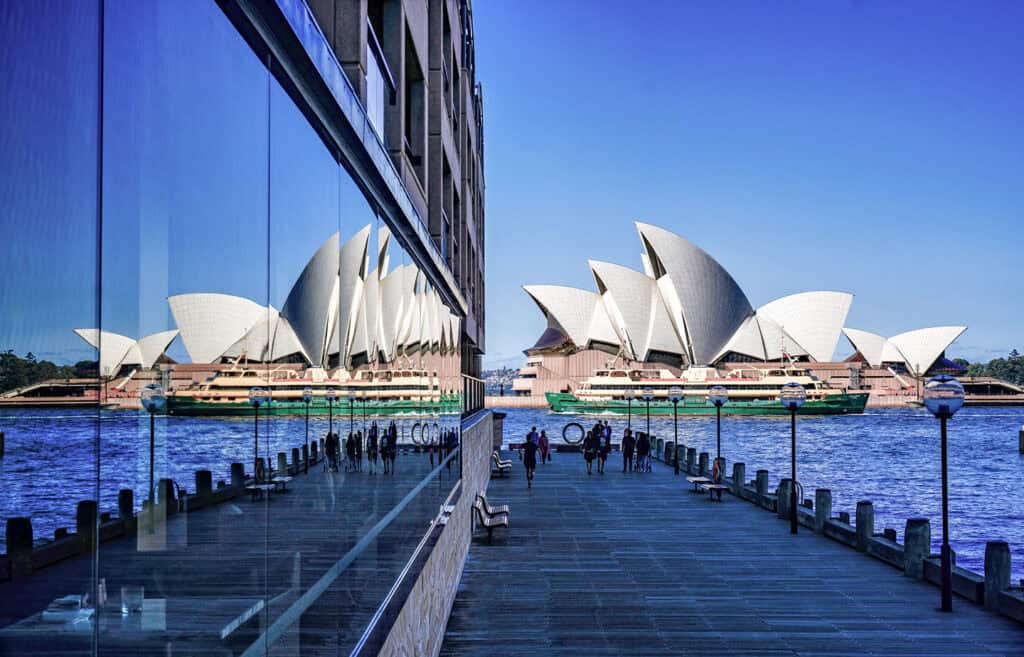
The Sydney Opera House, a masterpiece of modern architecture styles, is distinguished by its sail-like design and shell-like roof. It houses multiple performance venues, including a concert hall with exceptional acoustics, and offers breathtaking views by Sydney Harbour.
2. Eiffel Tower

The Eiffel Tower in Paris, designed by Gustave Eiffel and completed in 1889 for the Exposition Universelle, was initially criticized but is now an iconic symbol of French culture and engineering.
It features three observation decks offering panoramic views of the city and contributes to making Paris one of the best cities for architecture.
3. Empire State Building

The Empire State Building is an iconic structure in New York City. Standing at 1,454 feet, it was the world’s tallest building when completed.
This Art Deco masterpiece features 102 floors and three observation decks with stunning views of Manhattan and contributes to making New York one of the best cities for architecture in the USA.
4. Leaning Tower of Pisa

The Leaning Tower of Pisa, a famous architecture in Italy completed in the 14th century, is renowned for its unintended tilt caused by unstable soil.
Standing about 56 meters tall, this Italian bell tower showcases Romanesque architecture with intricate arches and columns. Restoration efforts have stabilized and preserved this iconic landmark.
5. The Kaaba, Mecca
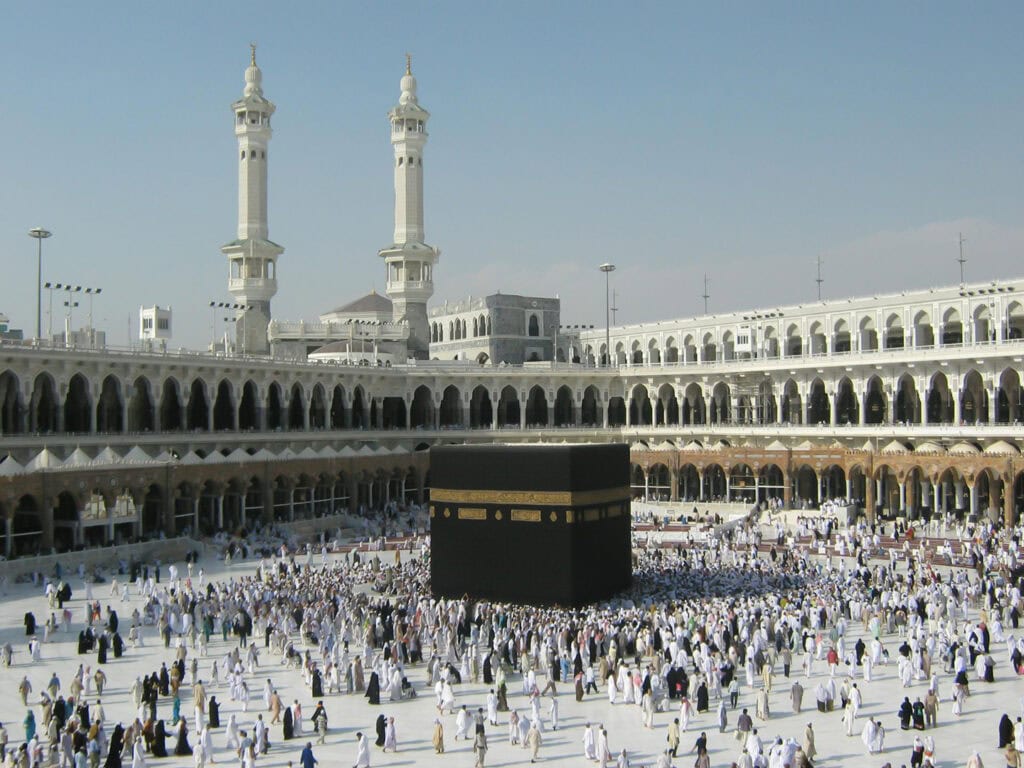
The Kaaba, situated in Mecca, Saudi Arabia, is a sacred site in Islam. Its cube-shaped structure is draped in a black silk cover. This house is also known as the “House of God” and serves as the qibla, the direction Muslims face during prayers. Every year, millions of pilgrims visit for Hajj, making it a focal point of Islamic devotion.
See also Traditional German Architecture: 7 Architectural Styles in German
Famous Historical and Cultural Buildings
6. Taj Mahal
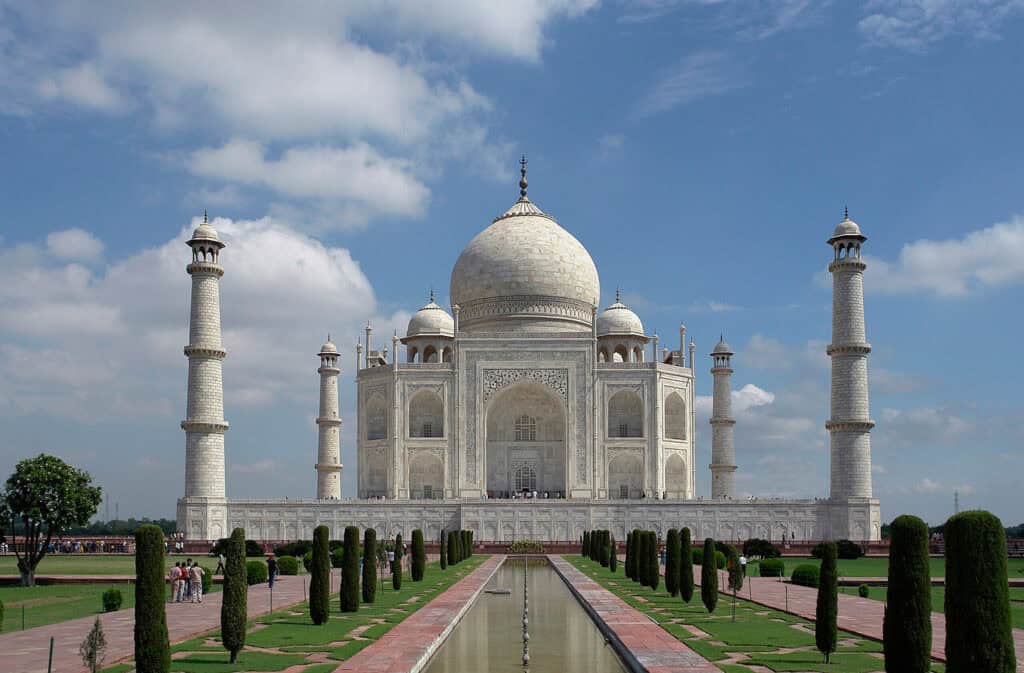
The Taj Mahal, a UNESCO World Heritage Site and a pinnacle of Mughal architecture, is renowned as one of the most famous architectures in India.
Commissioned by Mughal Emperor Shah Jahan in memory of his wife, Mumtaz Mahal, it is constructed mainly of white marble and adorned with exquisite inlay work using precious stones. Its intricate carvings and symmetrical gardens contribute to its serene and breathtaking ambiance.
7. Forbidden City

The Forbidden City in Beijing is a renowned example of famous architecture in China. Serving as the imperial palace for 24 Ming and Qing emperors, this sprawling complex covers 180 acres and includes approximately 980 buildings.
It showcases traditional Chinese architecture through its strict symmetry and predominantly wooden structures, featuring intricate carvings and culturally significant painted tiles.
8. Great Wall of China

The Great Wall of China is one of the most remarkable structures in history, extending over 13,000 miles. Construction began in the 7th century BC and continued for centuries, with contributions from various dynasties.
Built primarily for defense, it features various architectural styles, including watchtowers and fortresses.
9. Imperial Palace (Tokyo)

The Imperial Palace in Tokyo is the primary residence of the Emperor of Japan. It is located in a beautiful area surrounded by gardens and moats, reflecting traditional Japanese landscaping principles.
10. Naqshe Jahan square

Located in Isfahan, Iran, Naqshe Jahan Square is a stunning example of Iranian architecture. Its expansive design showcases intricate tile work, grand courtyards, and monumental gateways, highlighting its significance in Persian history and culture.
11. Great Pyramid of Giza
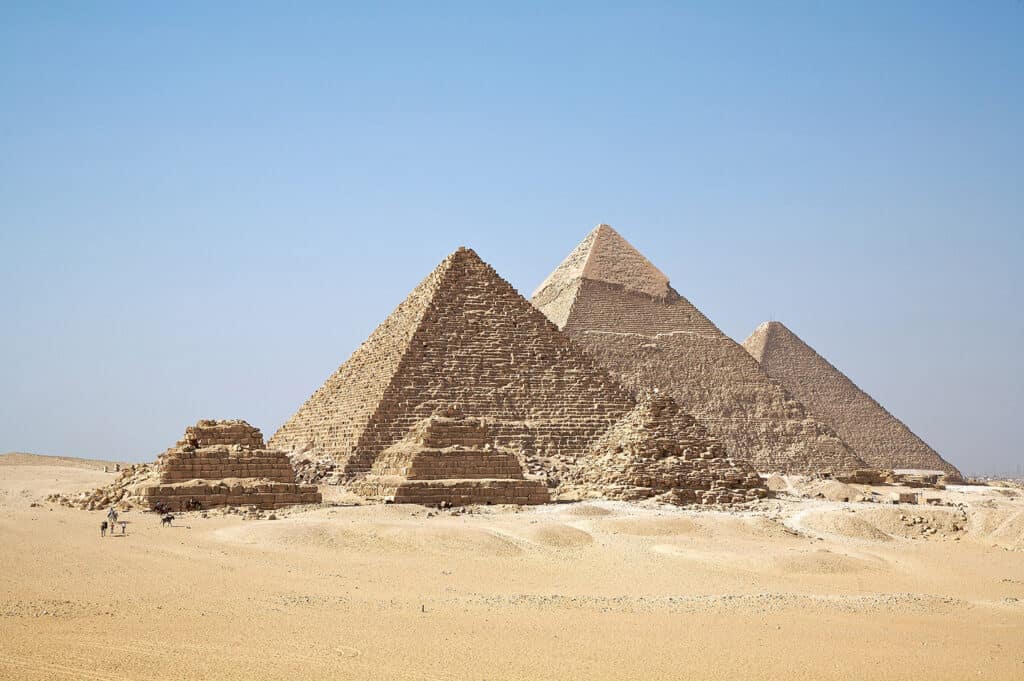
The Great Pyramid of Giza is the only surviving wonder of the Seven Wonders of the Ancient World. Constructed around 2580–2560 BC, it served as the tomb for Pharaoh Khufu and is located on the Giza Plateau, near Cairo, Egypt.
Made from approximately 2.3 million limestone blocks, this architectural marvel originally stood at 146.6 meters, making it the tallest man-made structure for over 3,800 years.
Architectural Landmarks: A Recap

Famous buildings play a crucial role in shaping the cultural and historical identity of cities worldwide. Each structure reflects a unique architectural style and embodies the innovative design of its era.
Ultimately, architectural landmarks showcase various types of architectural styles and stand as a testament to human ingenuity. They bridge the past and present, providing insights into architectural history and the spirit of their surroundings. Each structure inspires architects and the public alike, securing its place in our collective memory.









